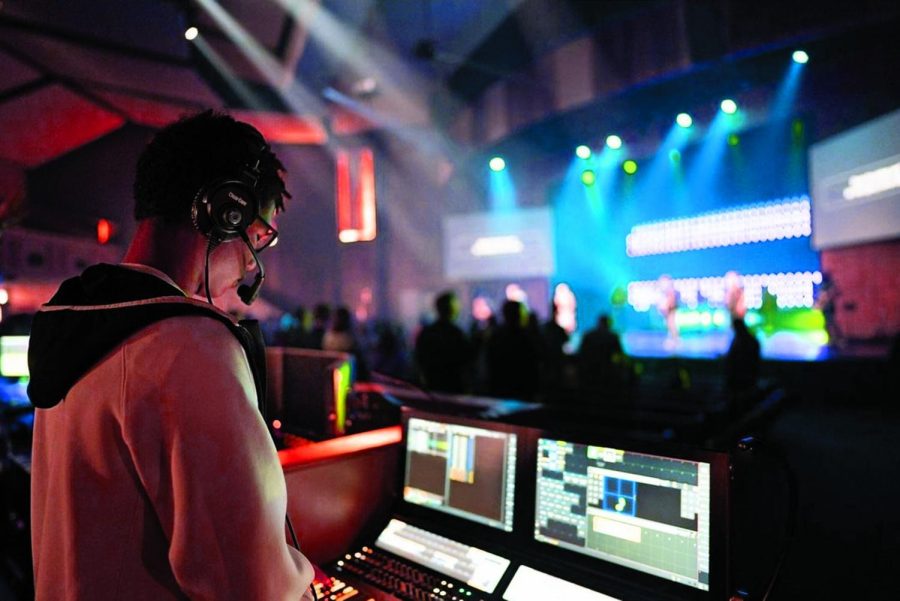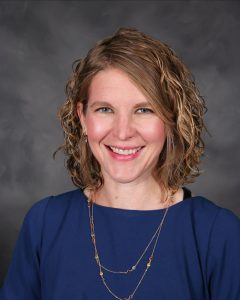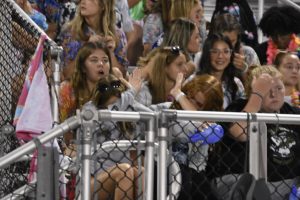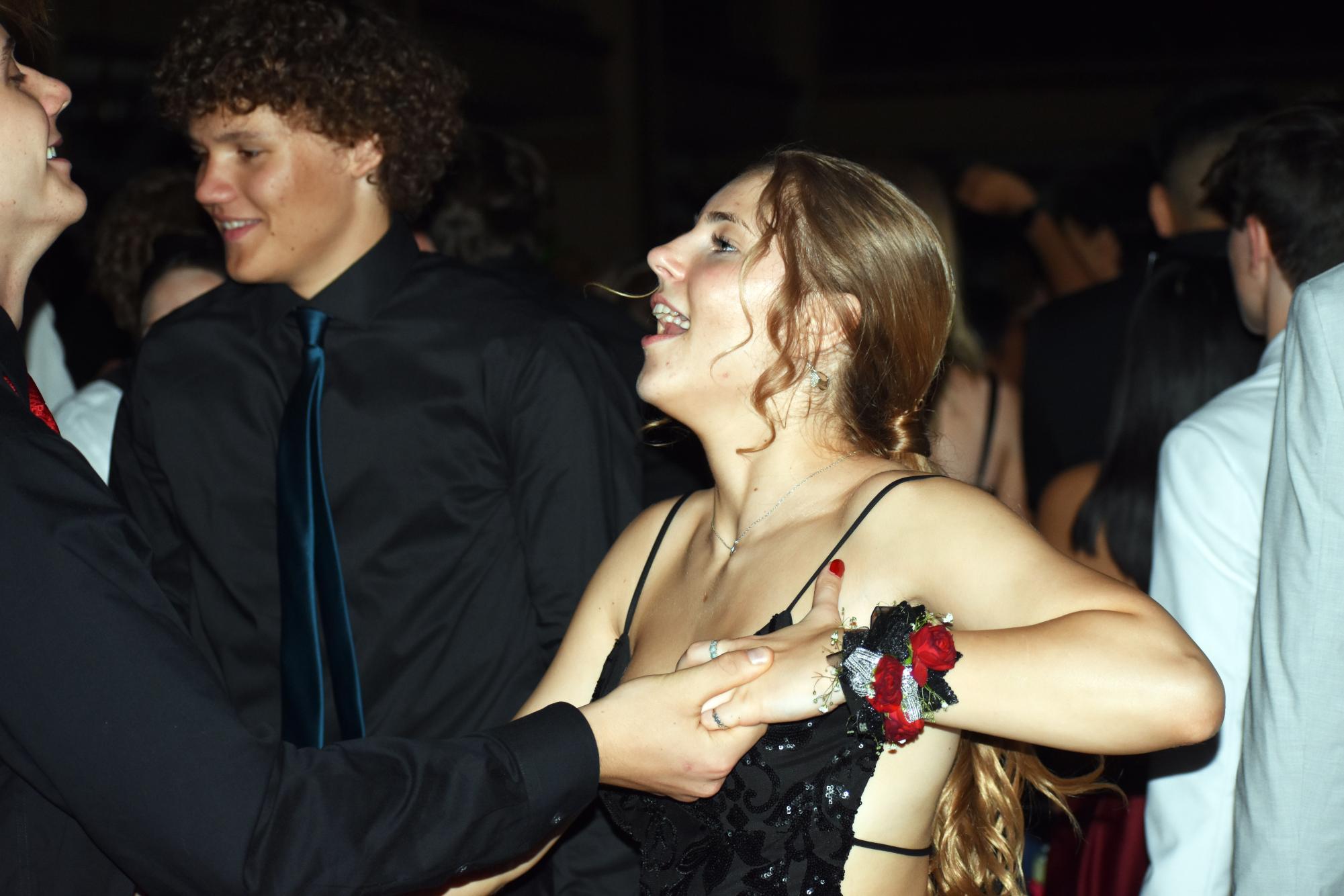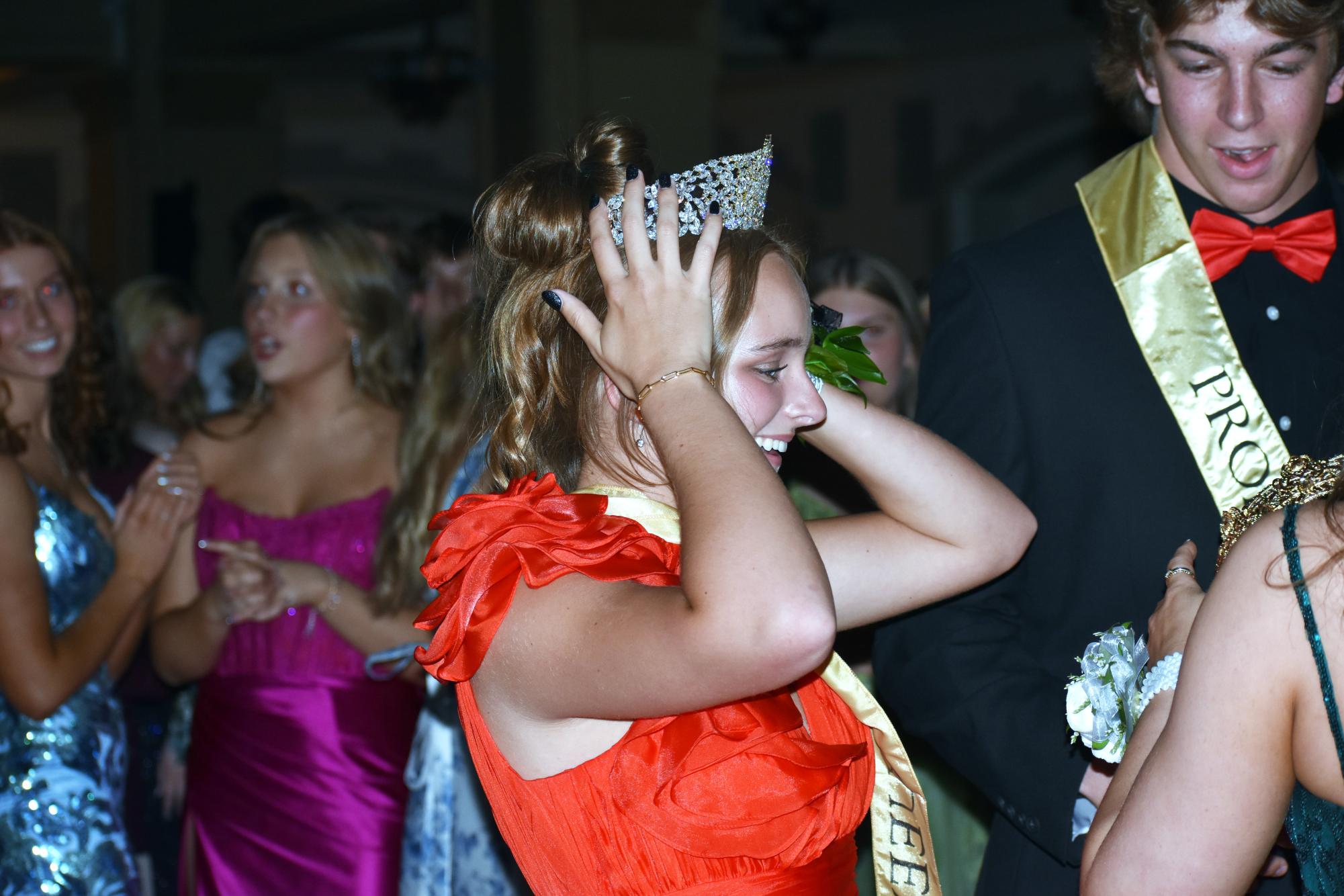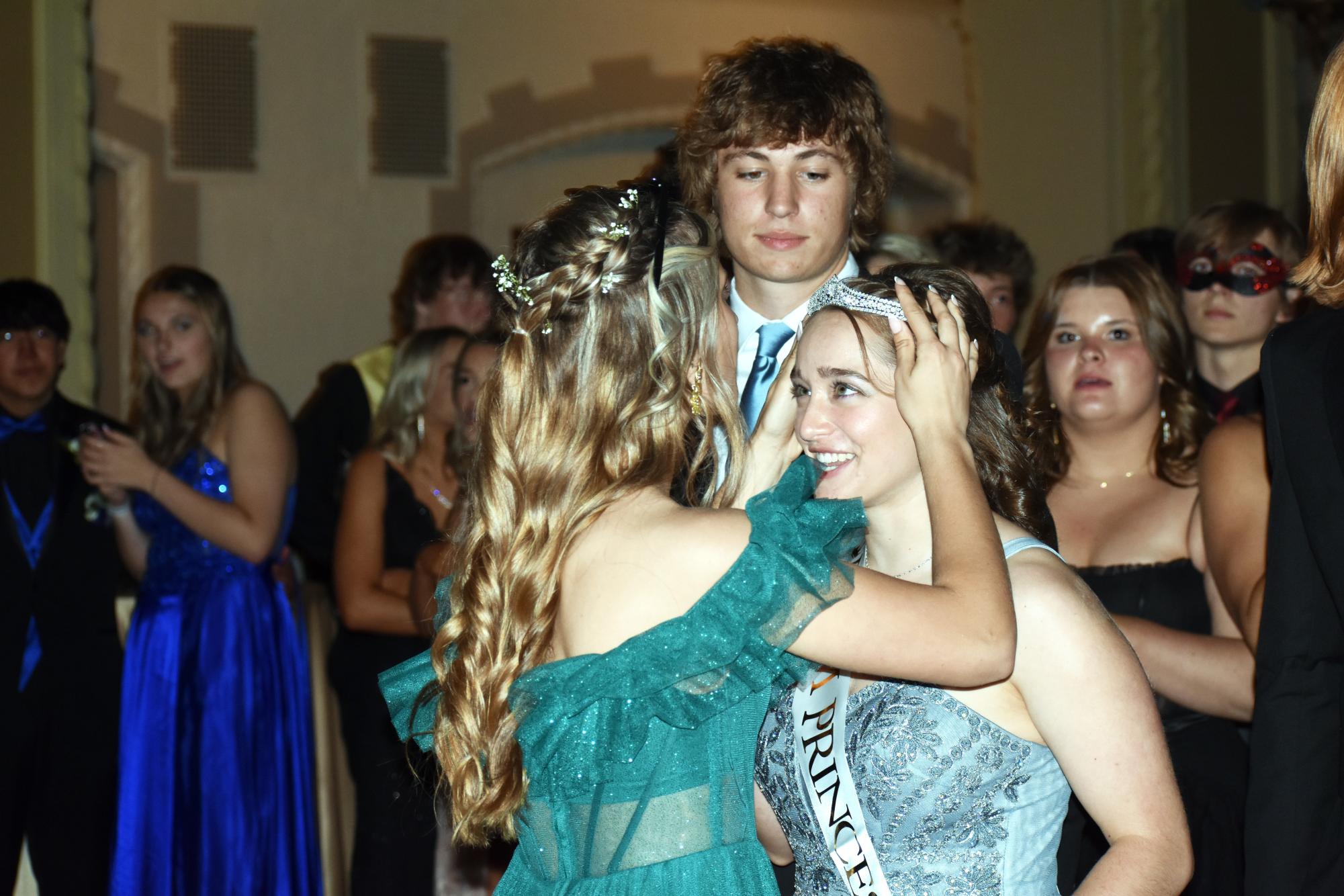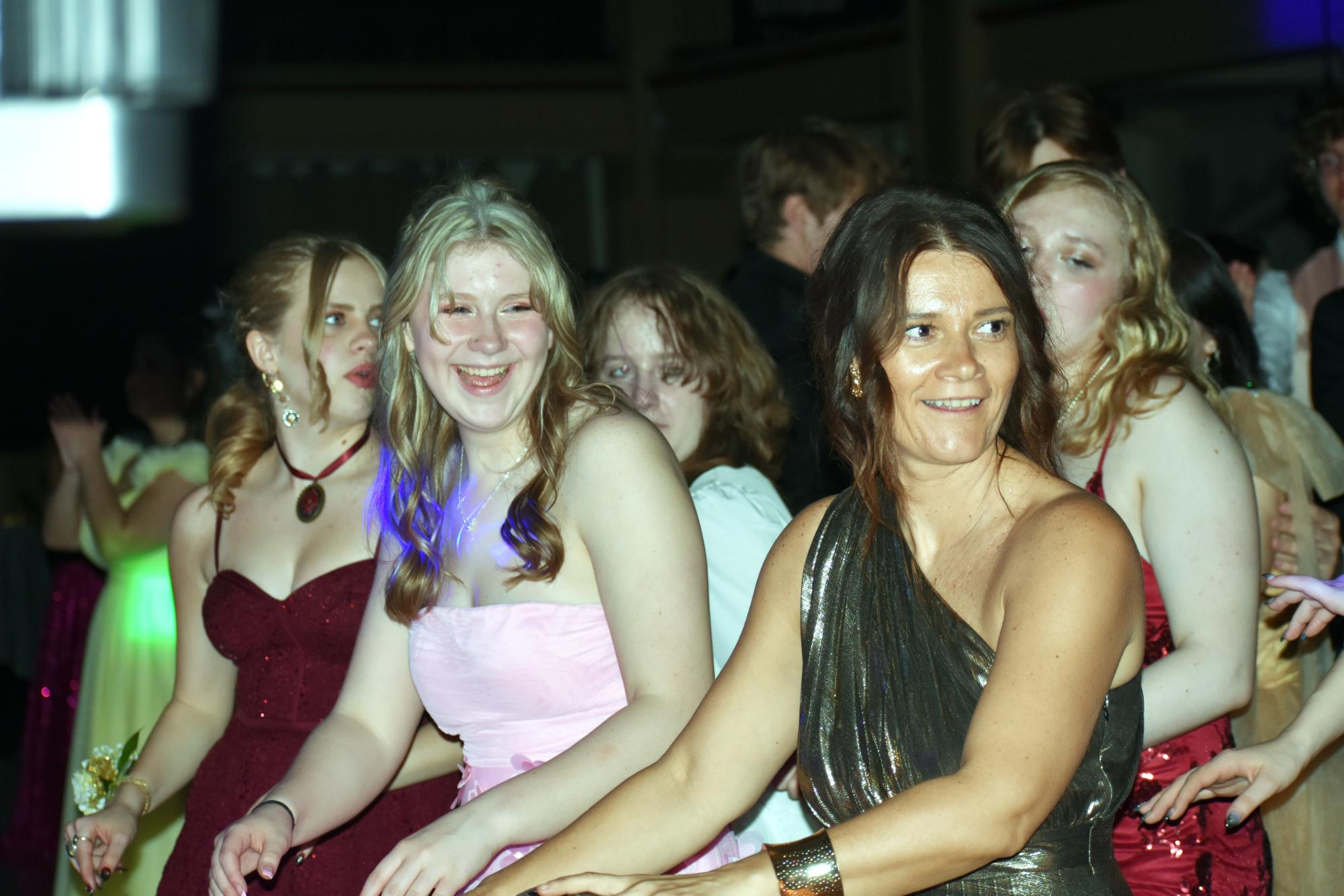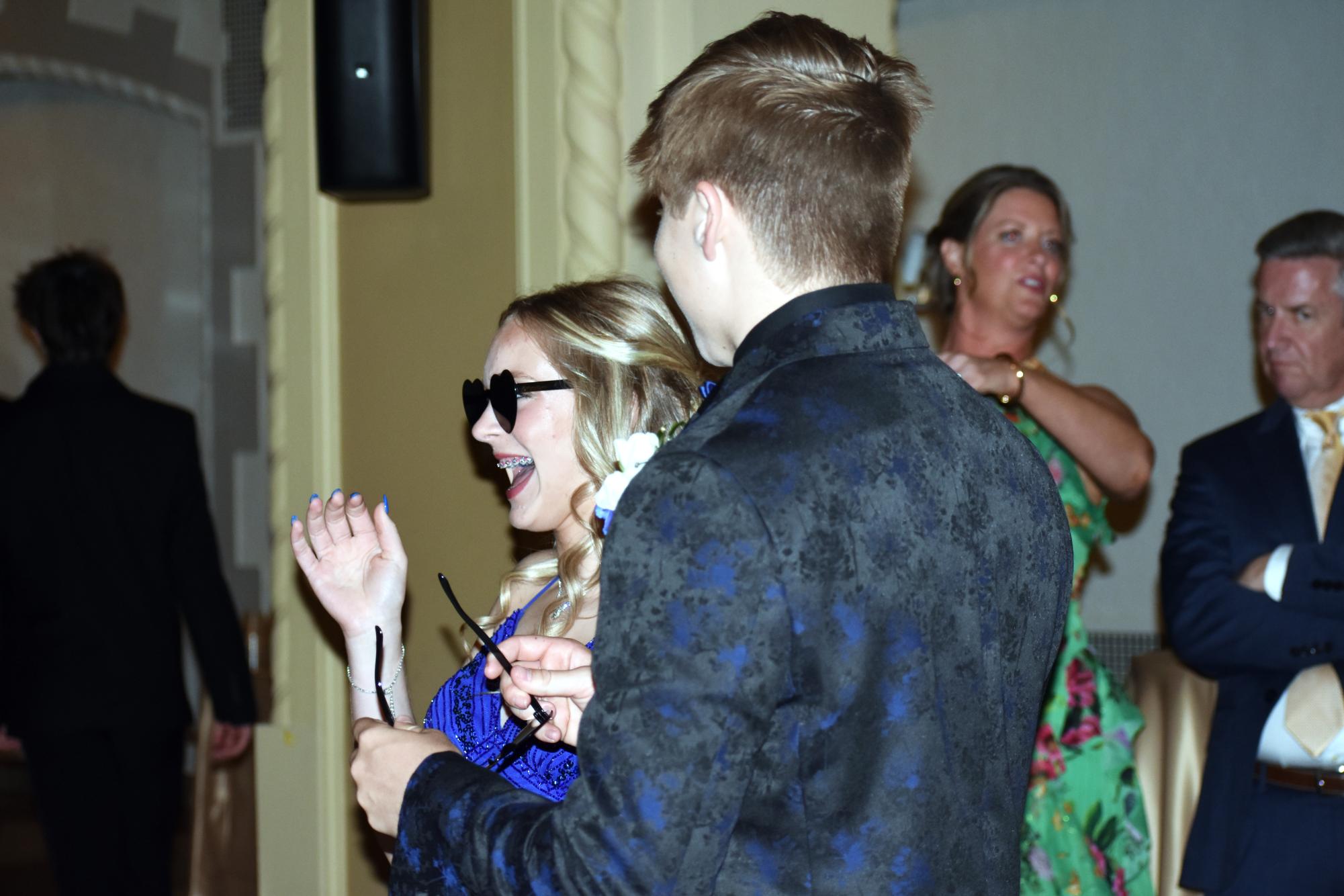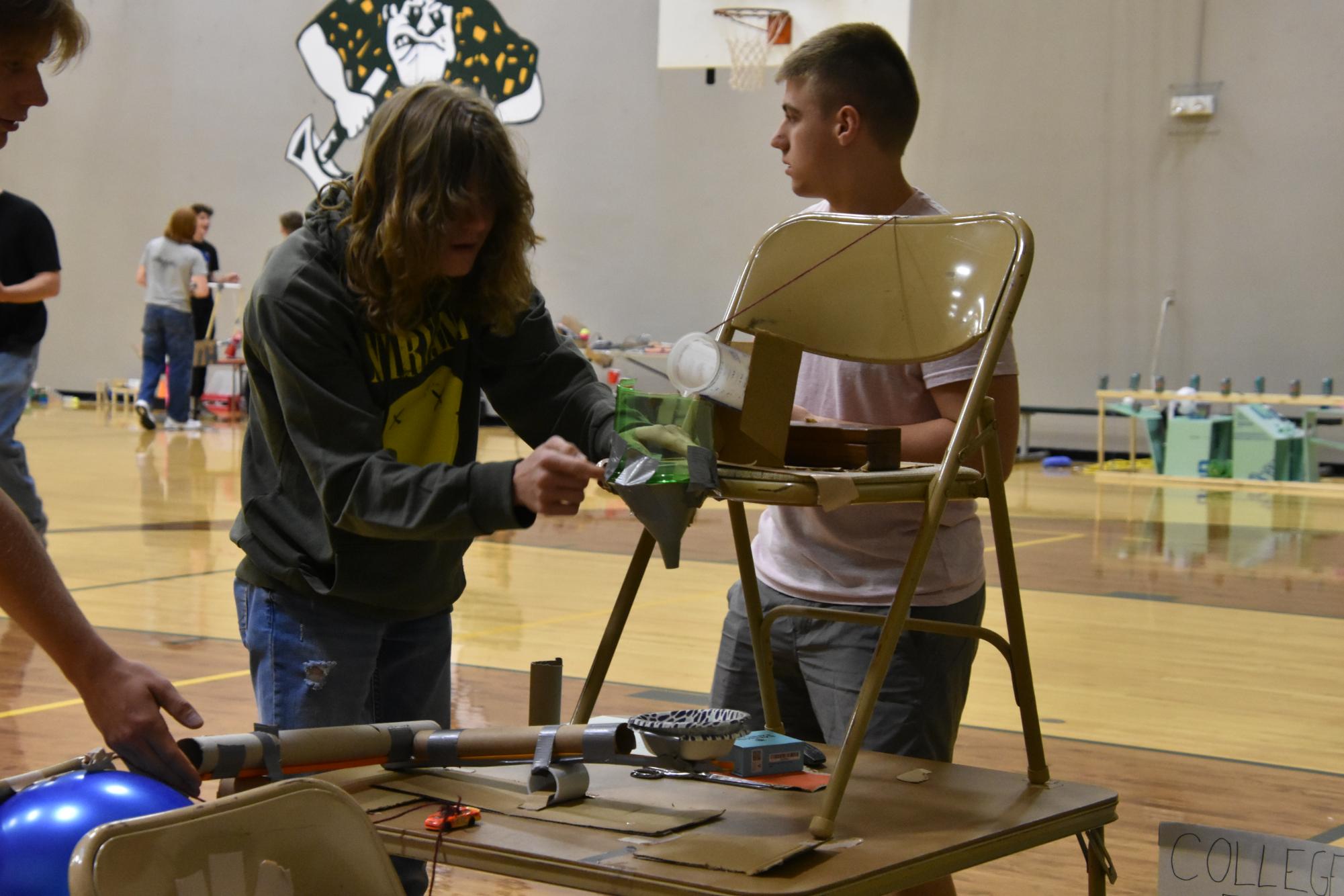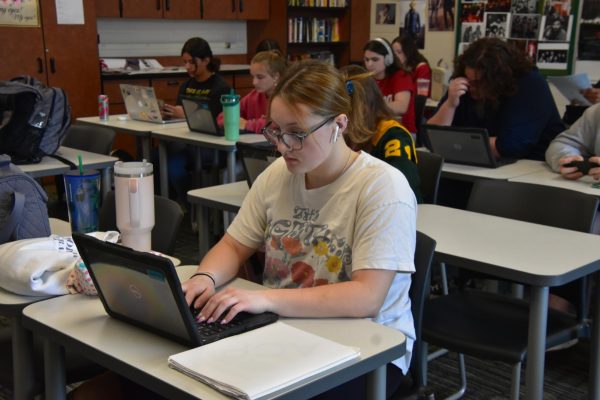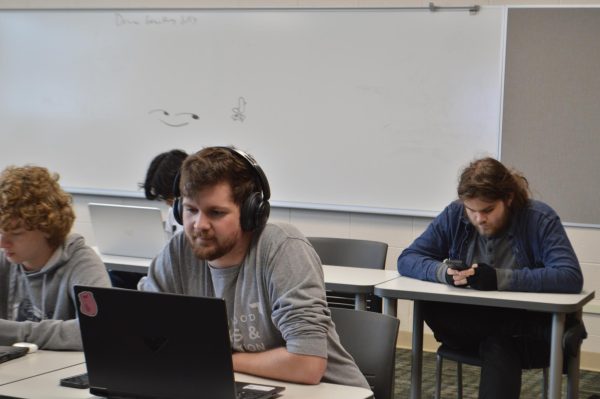Final Exam: Stuart Luhigo
February 2, 2022
Doing good deeds for others is always a good thing. Greenwood student Stuart Luhigo uses his skills to help out his local church by programming the churchs’ Christmas lights almost every year.
One of the students who help Luhigo with the lights at the church has some great things to say about him
Owen Drewes said, “Working with Stuart is great as he is a leader and has a positive attitude with everything. When work needs to be done, he is set on doing it and getting it done.”
Working on a big project like programming Christmas lights takes a long time and takes a lot of dedication to fit it into the schedule.
Luhigo said, “I have done lights at my church at Christmas time for a number of years, but not necessarily every year. It depends on what my schedule looks like around that time of year. Every year we try to do something different since it is a celebration. Obviously, it is all Christmas-themed every time but there is a lot of flexibility with what you can still do.”
Working on smaller projects can offer practice for people. Getting them ready for the bigger limelight.
Luhigo said, “I definitely enjoy programming lights for my church! It is a fun challenge that you can always take different approaches to. Translating digital information into looks onstage is not always easy or straightforward, but it is always interesting. Programming lights for my church also gets me lots of experience in working with stage lighting equipment that is considered industry standard which could help me if I take up a production-related career path.”
Working with someone who has a lot of experience and is an overall great person and a great leader can really affect if someone enjoys the job.
Drewes said, “This is my first year doing this with him, but the way he does his job and how good at it he is really wants to make me do it again for as long as I can.”
There are many parts to programming lights, some things that people may not understand, but it can all be somewhat expensive ranging from $50-$120.
“There is lots of different equipment that we use. You would see very similar things to what we use at concerts and other large live venues. All of the equipment we use is either control-related or the lights themselves. For control, there is a lighting console with lots of physical surfaces you can manipulate to interact with the computer housed inside. From there data is sent out over different control protocols like DMX, art-net, or sACN. Then all of the different fixtures like the ellipsoidals, washes, intelligent moving fixtures, etc. interpret that data and turn it into different intensity, color, zoom, gobo, and positions for the fixtures to execute.”
Programming the lights can be very difficult for someone who is trying to learn how to do the job.
Drewes said, “Programming the lights with Stuart is a cool process consisting of coding the lights, and he teaches me through it, that way I can do it on my own.”
Programming the lights is very fun, yet also very important for scenes. If you mess something up it could throw off a whole show.
Luhigo said, “My favorite part about programming lights has to be the complete flexibility you have with everything you do. There are almost an infinite number of different ways you can see a scene onstage and each one of them can change the mood and atmosphere of the stage and the room around it significantly. Although people do not normally realize it, lighting can make or break a show or a scene in so many different ways and as a lighting designer it’s up to you to see what you can do with it.”


